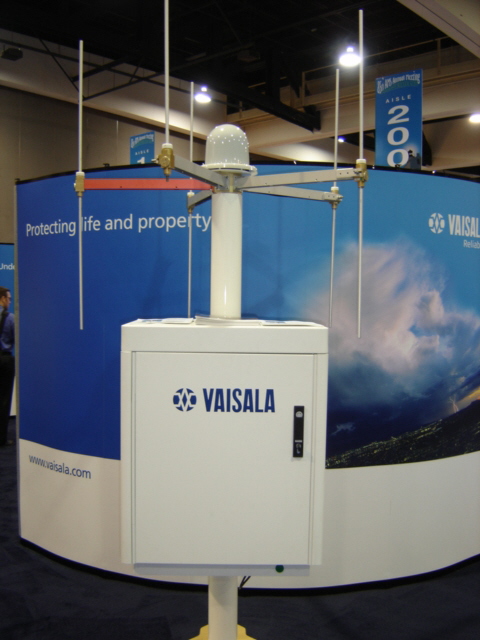
Lightning Mapping Arrays
A lightning mapping array is a network of time-of-arrival sensors that passively receive VHF impulses from electrical breakdown within thunderstorms. Hyberbolic surfaces are used to pin-point the exact locations of in-cloud lightning. There are many inherent advantages when using LMA derived data when analyzing and nowcasting thunderstorms.
Advantages of using LMA data
1.) VHF source densities are updated every 2 minutes as opposed to the 5 minute volume scans of radars
2.) In-cloud lightning precedes cloud-to-ground lightning by 5 to 10 minutes on average
3.) Cloud lightning flash rates are well correlated with thunderstorm initiation, development and dissipation
4.) VHF sources allow for better approximation of storm echo top heights
Click here to learn more about my MSPM research in conjunction with OU and Vaisala to apply LMA derived data toward increased accuracy in operational nowcasting
Links - The following sites display quasi-realtime data derived from these research-based LMA's

(Left) This is an example of Vaisala's SAFIR technology that senses the VHF impulses created by in-cloud lightning. It is cheaper and geared toward commercial sale, as opposed to the powerful LDAR II which will be used for my study